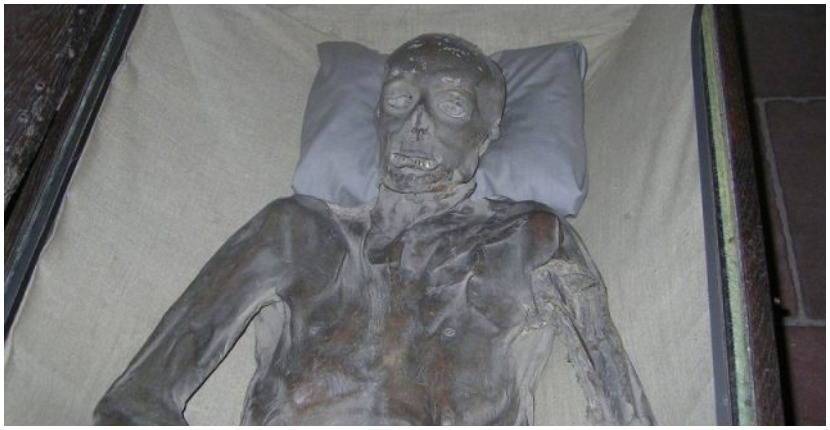Visitors to Bremen, Germany have plenty of attractions to see. However, many come for one of the most unusual sights and stories in the town. The Bleikeller mummies, which reside in the basement of the cathedral dedicated to St. Peter, were discovered in the 17th century, according to CitySeeker. However they were not placed there when they were already mummified or with the intention of them becoming mummies.

The Lineup reports that the basement of the cathedral was used to store bodies, so it’s no surprise they were in there. However, the perfect atmospheric conditions resulted in the bodies being mummified over a matter of hundreds of years.
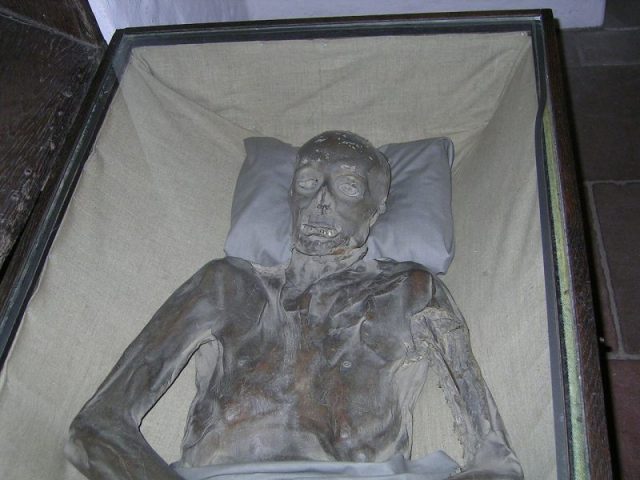
It just so happened that, during a renovation of the cathedral, some of the building materials, including lead, were left over. Instead of throwing them away, they were placed in the basement so that they would be ready for future use.
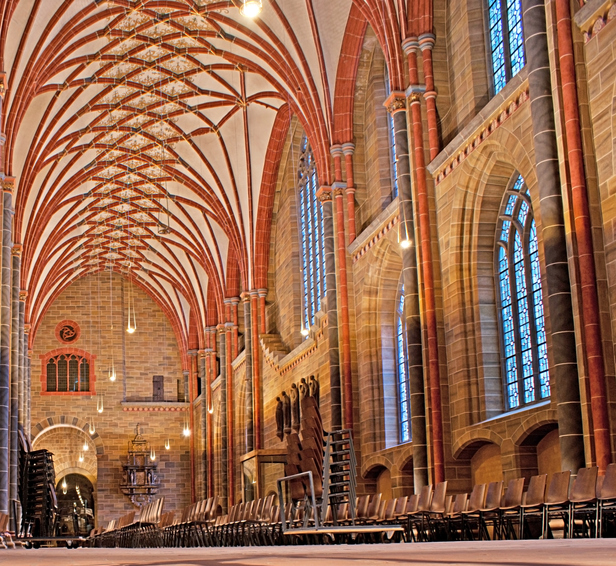
The lead and some particularly dry conditions caused the bodies being stored in the basement to mummify. According to the Smithsonian, mummification occurs when all of the water and other liquids are removed from the body. The water often acts as a decaying force upon the body, and its absence leaves a dry corpse that will not decompose.
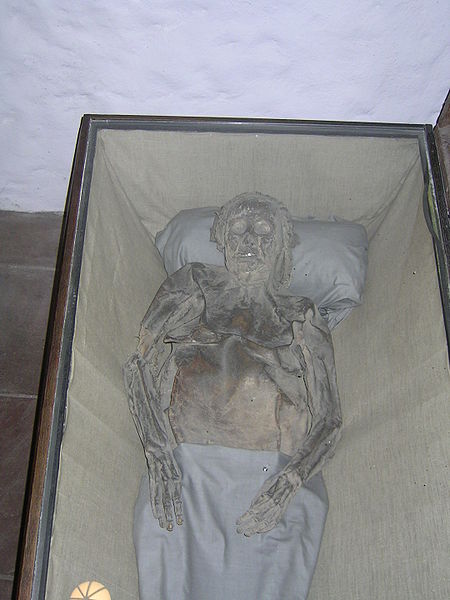
In the 17th century, Arp Schnitger was allowed to use the basement as a workshop for his trade of making organs. When he entered the basement, he stumbled upon the mummified bodies of the bodies that had been stored there.
While that must have been a little creepy, the site is pretty historical, and each mummy was of a different person who was a part of Bremen history.
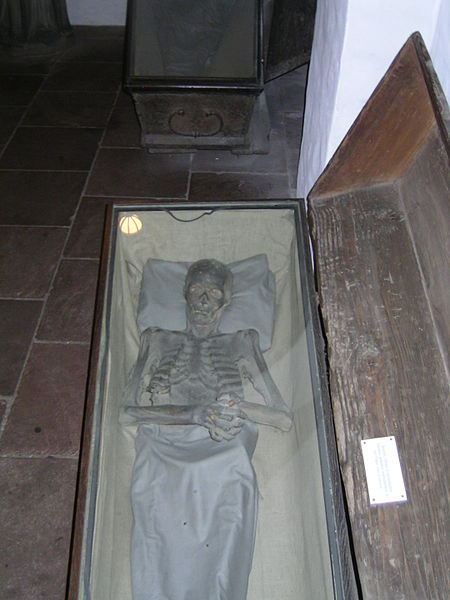
Among the mummies, there is an English countess, a Swedish general, and even a student. It is also thought that many of the others were very prominent in the city of Bremen and would have played an important role in the community.
Their stories, which would have likely been lost with the decomposition of their bodies, can now be shared with visitors from across the country and the world.
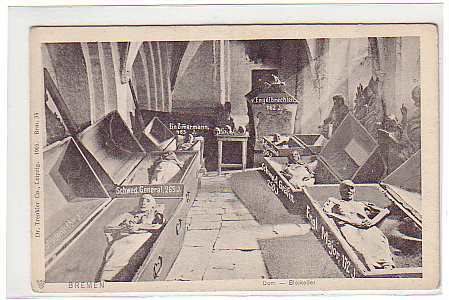
According to Lineup, visitors have been allowed into the site since about the mid-18th century; however, CitySeeker reports that it didn’t become a popular tourist attraction until 1984. Anyone can visit and see the mummies, learning about their stories and more about the process behind their mysterious mummification.
Though the conditions would be difficult to replicate anyway, it is not likely that this church will make the same mistake again.
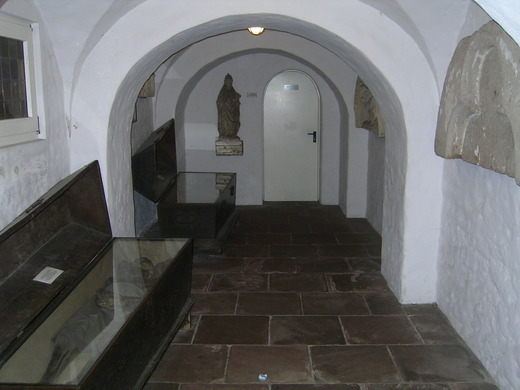
With the modernization of the funeral and burial process, bodies are no longer stored for prolonged periods of time in the basements of cathedrals. The state handles embalming or cremating corpses, and family members can tend to a grave or scatter the ashes where they wish.
Another change has come in the use of lead as a building material. Scientists have found that lead has some lingering health risks when used for constructing structures like roofs.
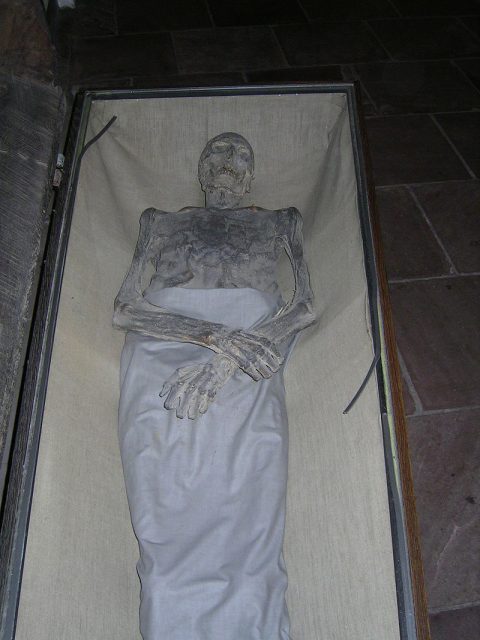
Therefore, you are not likely to find piles of the stuff lying around the basement of any building, let alone a cathedral. The mummification of these corpses is truly a unique phenomenon. The process, even when done intentionally, is rare, and the accidental occurrence even more so.
St. Peter’s Cathedral in Bremen will go down in history as the site of a very strange happening. People, as they have done for the last 200 years, will continue to visit the site and see the mummies.
Read another story from us: The Severed Head of a Martyr now Displayed in an Irish Church
They have been placed in glass boxes, and as long as they are not exposed to oxygen, the bodies will remain in pristine condition. If you’re looking for a truly strange experience, then visit this cathedral in Bremen, Germany.
